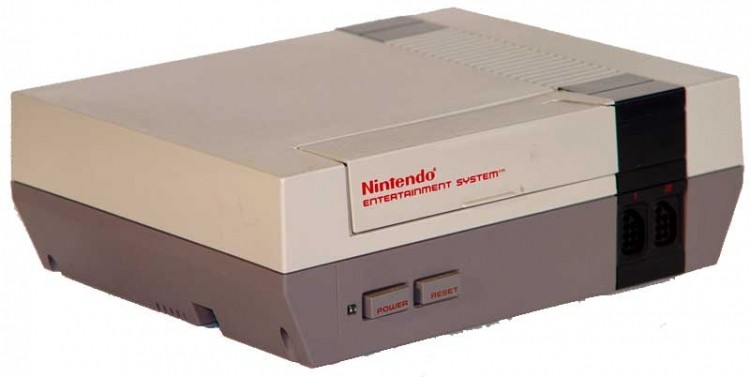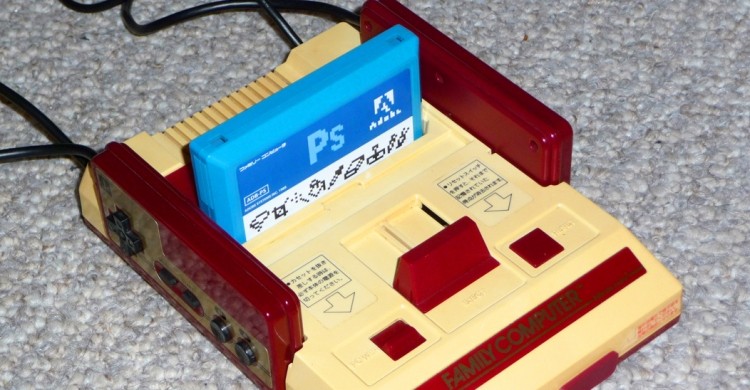At this point in time, the gaming industry is preparing itself for the next generation of consoles, led by Microsoft's Xbox One and the PlayStation 4. However, if we take ourselves back exactly 30 years, gaming consoles are in their infancy, and the industry is spearheaded by just one very important product: the Nintendo Famicom.
Officially released on July 15, 1983, the Family Computer was Nintendo's first stab at an interchangeable cartridge platform. Cartridges were 5.3 inches high and 3 inches wide, while the console was played using two permanently attached controllers that could be conveniently slotted into holsters along the sides of the device.
Following its Japan release, the Famicom gained considerable success across the country, in large part due to their ability to play classics such as Donkey Kong Jr., as well as home-grown games that included Super Mario Bros.
The next logical step was to enter the North American market; however, several false starts and a fallen agreement between the then-established Atari led to a lengthy product delay. It turns out that a successful US release may have never been in the cards, seeing as the American market was subsequently faced with the video game crash of 1983. This crash officially put an end to the upcoming "Nintendo Enhanced Video System".
Despite the early setbacks, the Consumer Electronics Show (CES) of 1985 brought with it a newfound sense of optimism. Nintendo unveiled the Advanced Video System (AVS) which was admittedly ambitious and well ahead of its time. Notable highlights include a wireless controller, a light gun, and even a wireless cassette drive. Unfortunately, the gaming industry was still recovering from the crash of just two years prior, which ultimately led to low sales figures. Nevertheless, Nintendo was quick to respond, releasing the illustrious Nintendo Entertainment System (NES) in October of 1985.

So what made the NES such an instant hit? Although still geared towards kids, it was marketed as a device for adults as well. Gone were the bright, childish colors of the Famicom; replaced with a more mature, grey exterior.
The other big selling point for the NES was that it was released with an impressive 18-game lineup; a scenario only made possible by the fact that the Japanese version launched an entire two years earlier. The final piece of the puzzle was that Nintendo made sure that not just anyone could develop games for their system. They wanted quality, not quantity.
So there you have it. It was 30 long years ago when the Famicom made its debut, kick-starting the console gaming industry into one of the most beloved past-times of the present age.
For a more detailed story of the NES and how it developed over the ages, be sure to check out the original story by Ars Technica.
Famicon image via Mutua Matheka
